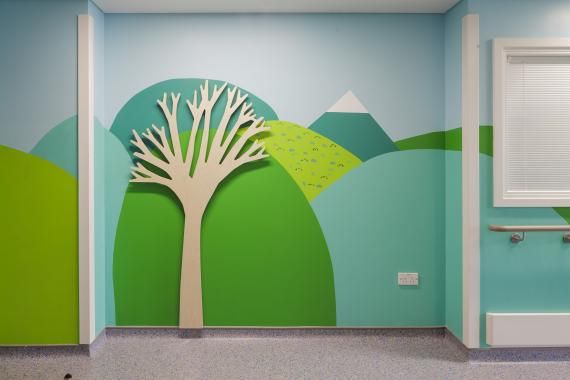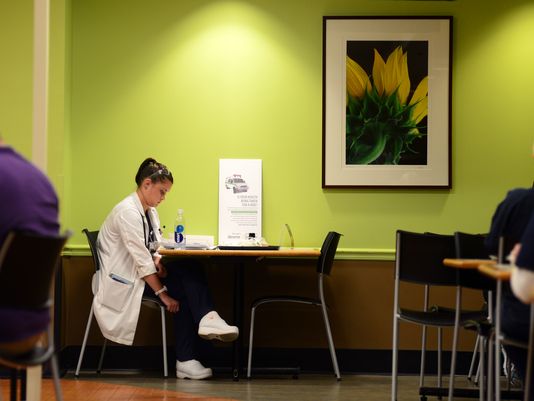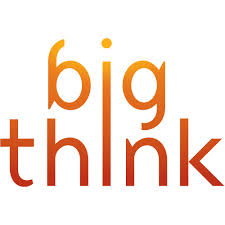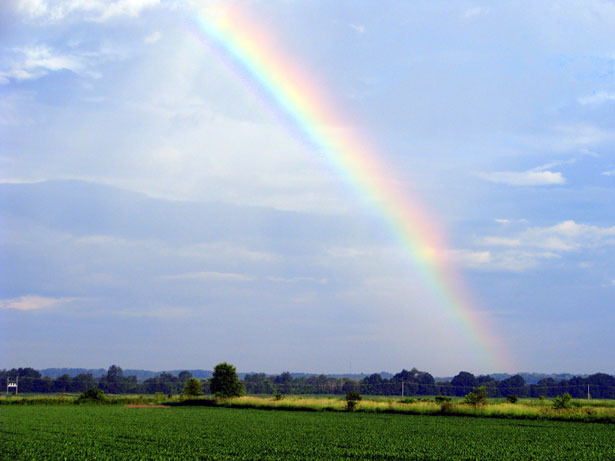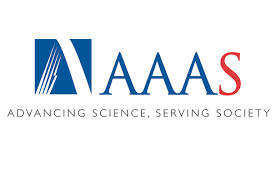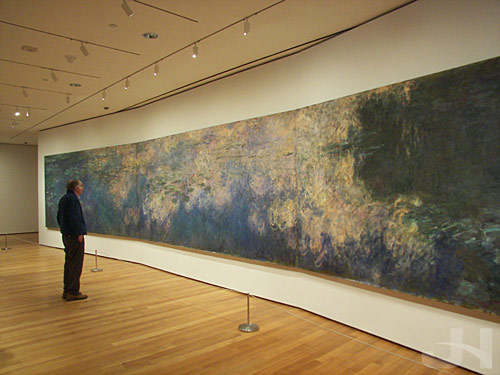
“Creative placemaking not only lifts up a neighborhood physically with murals and sculpture and investments in artist housing, galleries and theaters, it helps strengthen the local economy, as eye-catching storefronts, new cultural activities and intriguing installations bring in customers and attract new businesses. It increases a sense of community identity and local pride. It can make a neighborhood a more interesting, livable place.
But most importantly arts and culture are a powerful force that help shape a neighborhood’s narrative — telling the story of what kind of place it is, changing its reputation and its trajectory.”
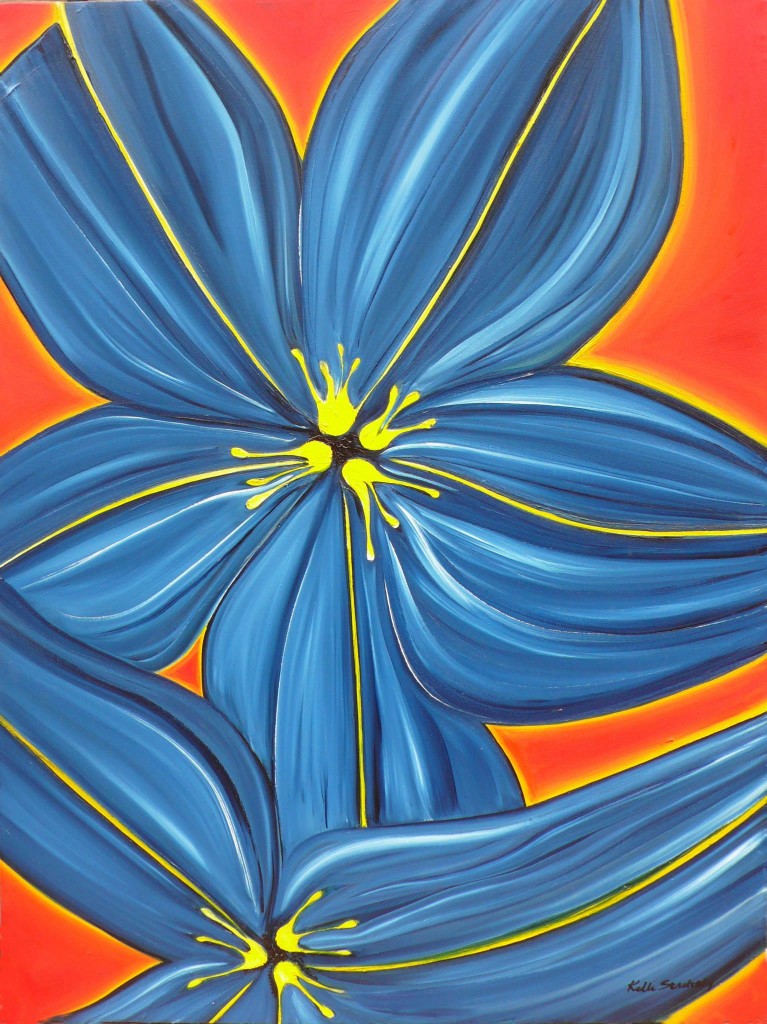
“Nanda, who has a doctorate in architecture with a specialization in health-care systems and design, says scientific studies show that art can aid in the recovery of patients, shorten hospital stays and help manage pain. But she says it has to be the right art — vivid paintings of landscapes, friendly faces and familiar objects can lower blood pressure and heart rate, while abstract pictures can have the opposite effect.”

“Instead of simply treating the outcomes of bad habits, design allows us to create interactions that systematically motivate people to make sustainable changes in their own lives. We can design interventions that target not only the physical body, but also the mind, social situation, environment and internal motivation that drive behavior change.”
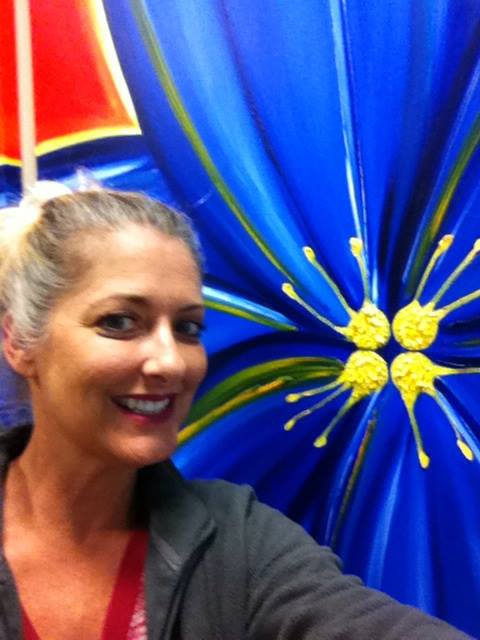
“Fundamentally, human nature revels in the creative side of life. Art chronicles the history of humans and some of the very finest individual accomplishments of the human race. Unlike museums of natural history, art museums document and enshrine human creativity. Without creativity, without innovation, there’s nothing new in our future.”

“This report features award winning new hospital architecture, hospital art and their impact on the health of patients.”
“Research has shown the thoughtful use of colours, lights, art, texture and performing arts in hospitals can aid a person’s recovery, and create a lasting impression to everyone who visits and works there.”

“Hospitals are turning to art as part of a broader push to create a healing environment as studies show that visual art can help reduce stress for patients and increase satisfaction with care. Dr. Iva Fattorini and Jennifer Finkel, who are both involved with art at the Cleveland Clinic, discuss on Lunch Break with Tanya Rivero.”

“The culture of a community significantly shapes debate and action that lead to development. Local culture also presents unique options for locally based economic, social, and other developments. Local understandings and interpretations of a community’s history reflect past events that feed into and are partially driven by the demands, sentiments, and interests of those in the present. This makes it crucial for community development practitioners to consider the cultural importance of efforts to improve local well-being.”

“The experience of art in whatever form has long been characterized as pleasurable both to the senses and to the intellect (Dutton, 2009).
These findings are consistent with our hypothesis, leading us to propose that the appeal of visual art involves activation of reward circuitry based on artistic status alone and independently of its hedonic value.”

“Placemaking is the art of developing a public space that attracts people. In the process, it almost always pays economic dividends back to the community.”
“Places that incorporate local heritage and artists attract more tourists, and residents feel a stronger connection to such places. The Arts and Economic Prosperity III report from Americans for the Arts states that annual support in the arts generates a 7:1 return.”
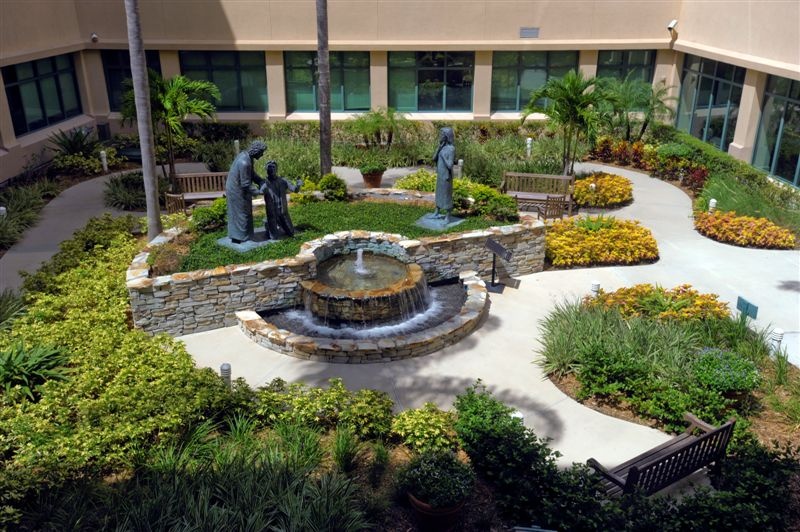
“In recent years, design for health care environments has begun to include esthetic enhancements in an attempt to reduce stress and anxiety, increase patient satisfaction, and promote health and healing. In this paper, the authors survey the existing research on those elements of the built and natural environment most often asserted by proponents as being inherently healing or promoting health.”

“We put people in a scanner and showed them a series of paintings every ten seconds. We then measured the change in blood flow in one part of the brain.”
“The reaction was immediate. What we found was the increase in blood flow was in proportion to how much the painting was liked.”
“The blood flow increased for a beautiful painting just as it increases when you look at somebody you love. It tells us art induces a feel good sensation direct to the brain.”

“It starts with the inherent value of culture, continues through all the social and educational benefits and only ends with the economic.”
“The inherent value of culture, its contribution to society, its symbiotic relationship with education and, yes, its economic power (but in that order) … this is what we call the holistic case for public support of arts and culture.”

“And the more recent research of Semir Zeki (link is external), University of London, connects the mere viewing of art with an increase in dopamine and activity in the brain’s frontal cortex, resulting in feelings of pleasure that are similar to being the throws of romantic love. What’s more, positive sensations are almost immediate when viewing an enjoyable or stirring work of art.”
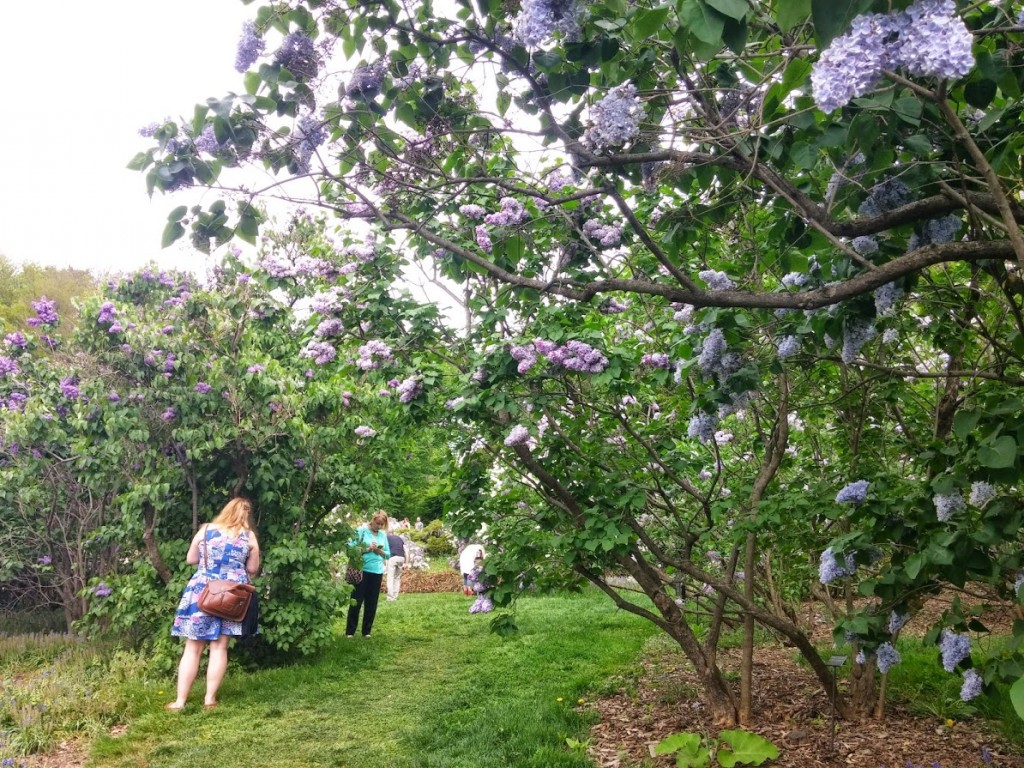
“Increase connection to nature. A number of studies have presented strong evidence that even 3 to 5 minutes of contact with nature can significantly decrease stress, reduce anger and fear, and increase pleasant feelings.8-11 This calming effect can be achieved by providing views to the outside, interior gardens or aquariums, or artwork with a nature theme.”



